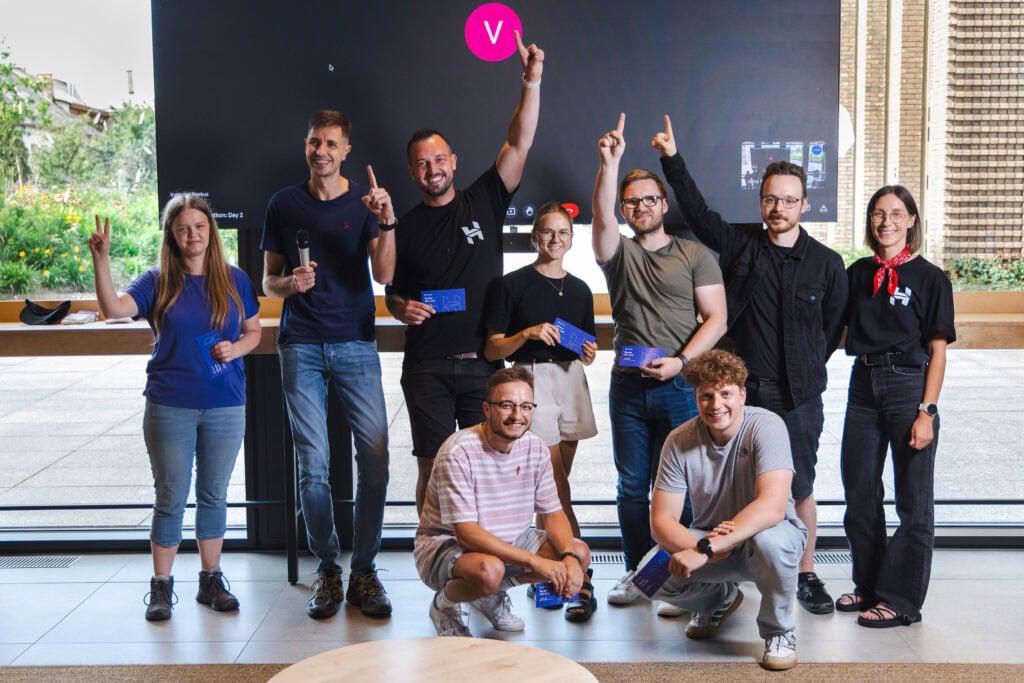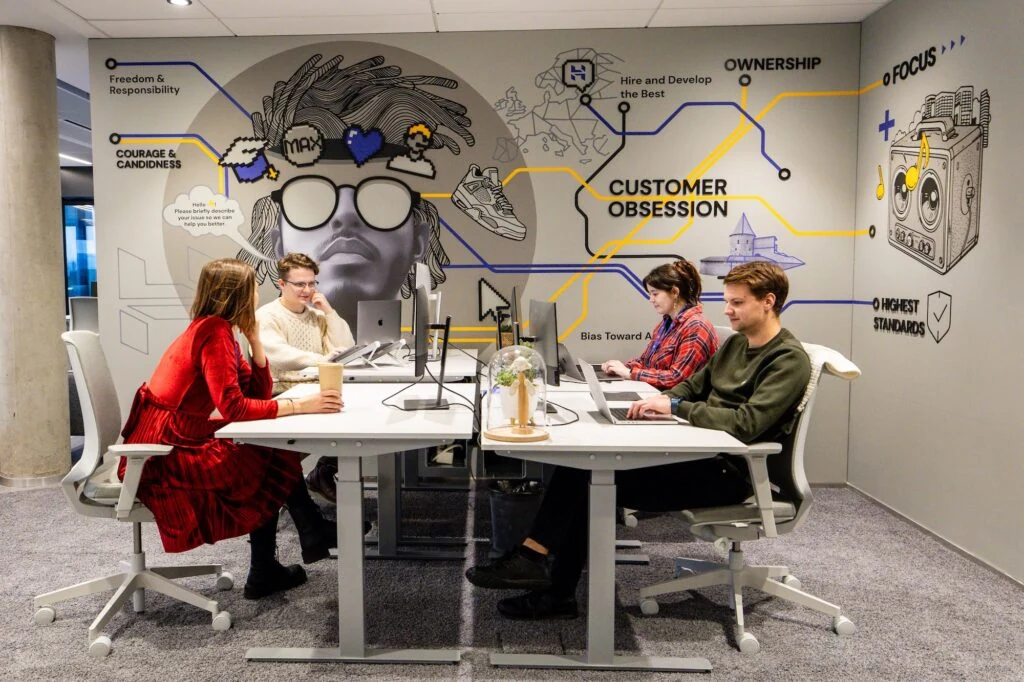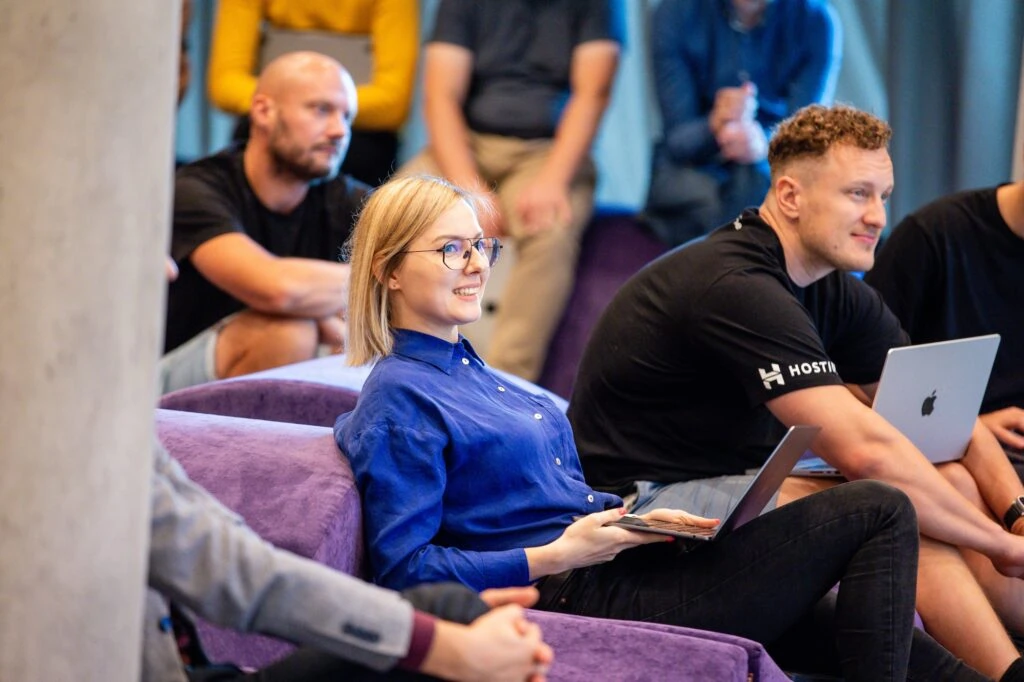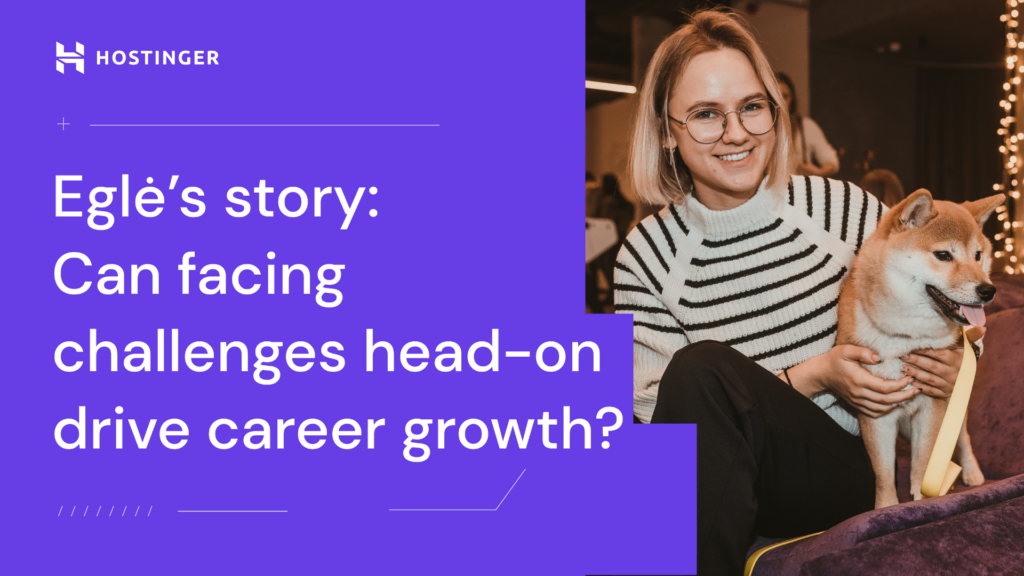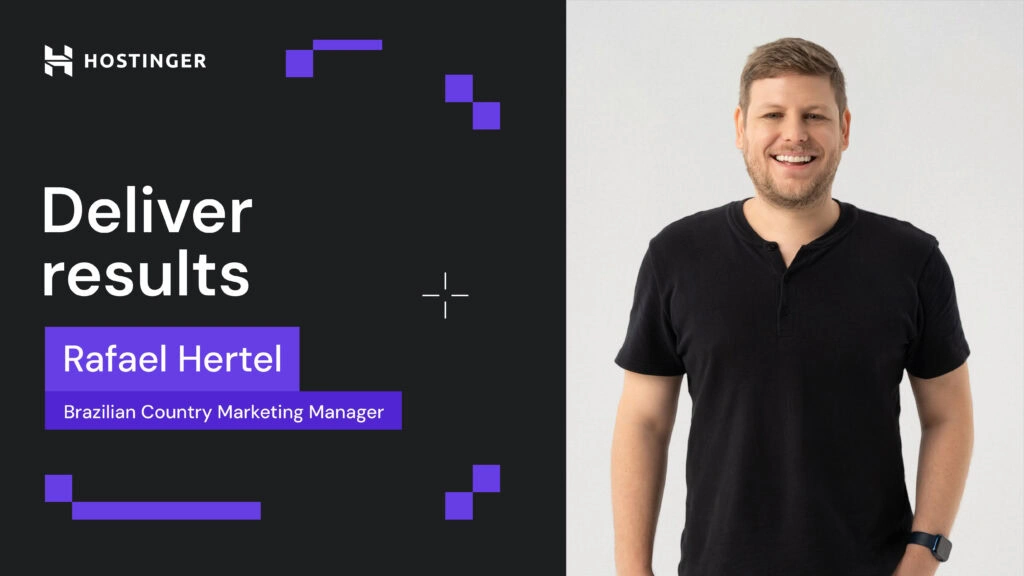Why should future-proof organizations move from traditional to empowering HR departments?
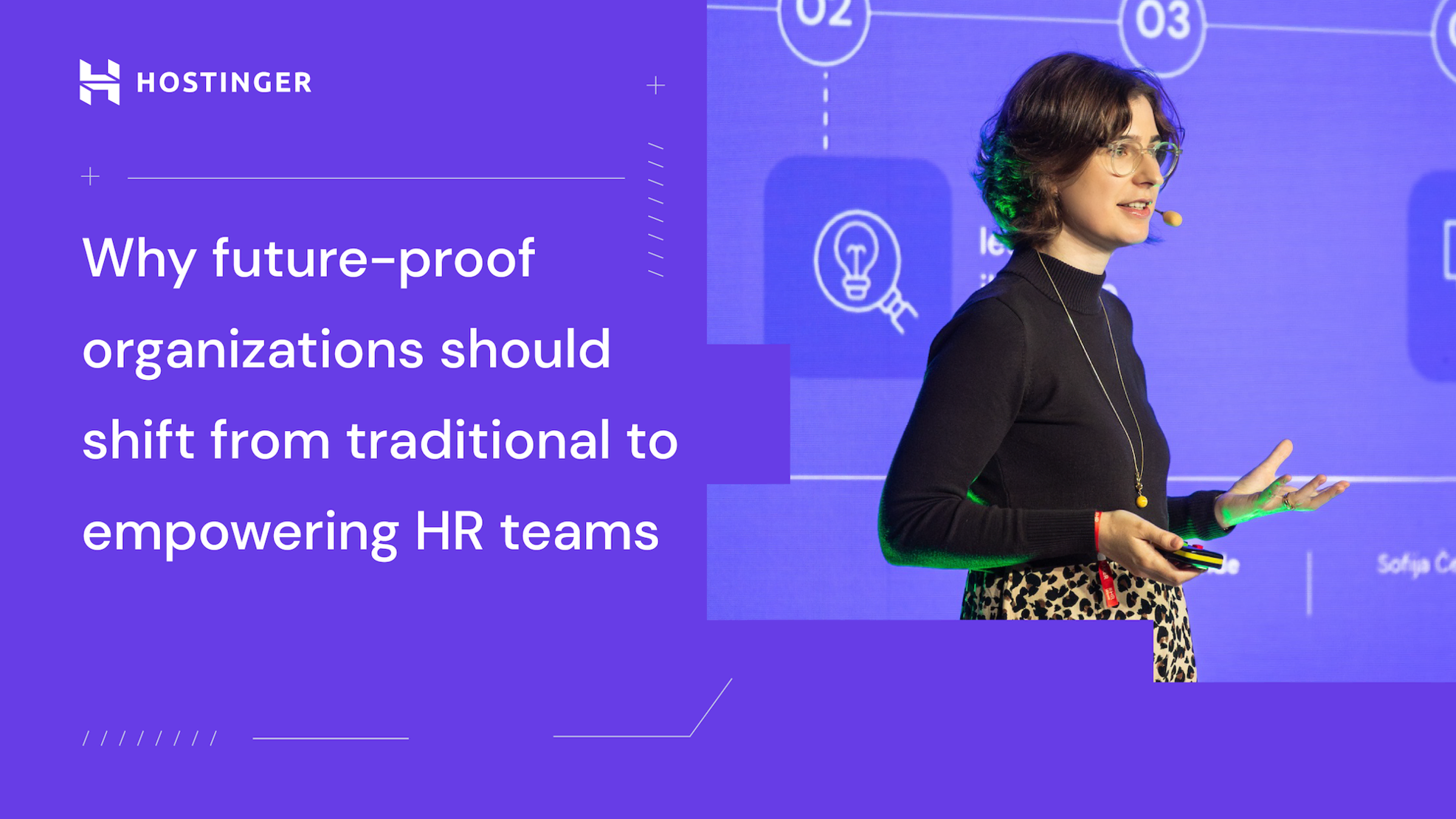
Of the multiple challenges organizations face today, a significant proportion is related to people—their productivity, performance, engagement, growth, and well-being. Traditionally, the company’s HR department has been expected to provide solutions for people-related topics. But what if HR teams, as we are accustomed to knowing them, are a thing of the past, and a new approach is needed to navigate an ever-more complex and dynamic business environment successfully?
The talent market is under pressure
Several factors combine to raise the need for companies to rethink their HR strategy, including their scope and function. Some of these factors are pretty obvious and hard to ignore: talent pools are limited, labor productivity is stagnating, and labor costs continue to rise. In addition to that, there is the need to seek the right balance of employee well-being and compete in the increasingly globalized labor market, all of which puts enormous pressure on organizations in almost any industry.
It is clear that an organization’s success and growth increasingly depend on its ability to have the necessary skills and competencies, hire and develop the best people, and outperform competitors by efficiency and agility. It becomes increasingly costly to hire less than top talent. From this perspective, an organization’s growth potential depends on its ability to adopt a new approach to HR practices because old ways of doing things yield less and less output.
New expectations for employees
Calls for change are part of the bigger picture of organizational transformations. Worthy of attention is the increasing calls for a dynamic organization model adoption, proposed by Josh Bersin. After analyzing more than 800 organizations, the authors concluded that the companies that demonstrate the best results are built for change.
In today’s world changes are natural and ever-present conditions and not a one-off event for which a company needs to prepare, like for the coming storm. The goal is not to entrench an enterprise against changes and effectively manage them but to constantly adapt to and move along with them.
This type of dynamic organization could be considered change agile and grounded in realities of constant volatility, uncertainty, complexity, and ambiguity (VUCA), and is the most likely model for companies of tomorrow.
To transition from a static to a dynamic organization, the company needs to rethink many of its structures and processes and adopt a new mindset. Instead of focusing on an elaborate organizational structure with a variety of fixed and static roles, it should embrace a model based on real organizational data, shifting skills, competencies, and functions that can be reorganized as needed according to specific opportunities and challenges. This is why it becomes important to invest in building a talent-dense organization. This notion, famously popularized by Netflix, means achieving a significant concentration of high performers in the company, allowing it to outperform the competition.
Organizations should hire people whose skills and functions are not set in stone but evolve over time. This requires a certain level of adaptability from each employee, who enjoys new opportunities but also needs to be able to learn quickly and efficiently.
Technologies having an impact
While on the topic of changes, technological ones have to be mentioned. AI developments, automation, robotics, and other technological solutions are having a great impact on businesses. These trends will only continue to accelerate, and many organizations are already relying heavily on them. At Hostinger, we also use many AI tools, including our customer support assistant, Kodee, which does the work that would otherwise require more than 200 human employees to do. By answering simple queries, the assistant enables the Customer Success team to focus more on product development.
As much more advanced systems will be integrated into business processes with increasing efficiency, this will undoubtedly impact the kind of skills needed for employees to succeed professionally.
I think it is safe to say that it will be those professionals who can adapt, learn, and are curious to gain new skills. They are employed not just to fulfill a narrow function but to bring ideas and initiate changes. Such people will never lose their edge professionally, and successful organizations will have to increasingly rely on them.
Employee expectations are slowly changing organizations
Seeing change from the perspective of employees, their needs and attitudes are also changing. Not only do workers increasingly emphasize purpose and meaning, but they also have higher expectations for employers. There is a noticeable generational shift in the labor force that will inevitably act as a catalyst for more organizational change. In her data-based book on generational differences, Jean M. Twenge identified certain traits and characteristics of GenZ employees.
Among these traits are an increasing desire for meaning and their focus on the ability to contribute to positive changes in society. GenZ is also more focused on autonomy and believes that everyone is equal in principle. That hints at flatter organizations.
As the younger generation enters the labor market, organizations need to develop employer value propositions that emphasize purpose, flatter and more flexible organizational structures, and more transparent, flexible, and open organizational cultures.
The new generation of workers clearly expects more from their employers, is increasingly sensitive to discomfort, and is far less willing to stay with organizations that do not meet their standards.
The right culture is needed
Key to all these people-related changes and challenges, in my opinion, is the organization’s culture. And by that, I mean a culture that is actually lived and rooted in everyday practices and activities and shaped by the organization’s specificities, objectives, and real challenges.
Of course, the key question is how to create and maintain such a “living” organizational culture. The answers should be found in leadership practices because leaders shape expectations, inspire, disseminate, and reinforce the culture of an organization by their personal example.
Organizational culture is like a glue that holds this new agile people ecosystem together. The important dimension of it is human sustainability. Human sustainability goes way beyond generous benefit packages. It’s about the degree to which we create value for people as human beings, leaving them with stronger skills, greater opportunities for growth, better health and wellbeing.
In the context of Hostinger, this means that we are committed to providing our people with the right tools and opportunities to grow and develop new skills so that they have more experience and knowledge in their future career paths than they did before they joined the organization.
Whether adhering to the principle of Learning and being curious or encouraging Bias towards action, Hostinger culture is strongly felt and manifested in our everyday practices and tools. It accompanies employees throughout their journey in the company.
We live out our principles and culture, and it can be seen the moment you enter our office. We call ourselves the reading organization for a reason—the bookshelves are full of readily available reading material to deepen one’s understanding and broaden one’s perspectives.
According to research, only 43% of workers say their organizations have left them better off than when they started. That means there is plenty of room for improvement.
Towards leadership-based personnel management
HR professionals cannot and should not instill a sense of purpose or well-being in employees at the team level. First and foremost, this culture comes from the organization’s leadership. Leaders set expectations, inspire, spread, and strengthen the culture by their personal example.
The above has huge implications for the field of HR. At Hostinger, we strive to work using the leader-led HR operating model. This means that leaders play a central role in people-related decisions affecting their teams; for example, they are responsible for the hiring process of team members. Hiring, onboarding, developing their talents, and fostering the right culture are moving to the business side, with HR teams focused on enabling and empowering leaders with HR expertise, knowledge, and tools, such as training or best practices for decision-making.
Rigid structures might have helped in a more predictable world, but to address today’s challenges, we should look beyond clear boundaries. Therefore, neatly putting roles, functions, and competencies into tight boxes becomes an obsolete practice, with more flexible organizations gaining a competitive edge. Boundaries were once helpful in introducing structure and clarity in organizations but are now holding back from realizing value in the increasingly boundaryless world. Not only the HR team but all teams, including finance, marketing, and product, and their leaders need HR competencies to be successful.
Such a transition requires leadership readiness. Managers already have responsibility for many HR processes, but in practice, they often delegate ownership to others and thus disengage from them, fundamentally limiting the real value that a well-functioning and healthy organizational culture can bring.
A glimpse into the future of HR professionals
All this means is that HR as a profession is undergoing profound transformations. So, what HR professionals are ready for the challenges of the future?
First of all, they should develop leaders and help fill the gaps between existing and needed competencies in working with people. Practically it means that HR professionals will work to democratize people management, providing leaders with the right tools, information, and real-time data they need to perform more of the HR-related responsibilities such as recruitment, induction, and development.
If they want to help a company navigate the complex world and its challenges, HR professionals should also be able to develop tools that support effective and data-related decision-making. This means building competencies in people analytics and data-based consulting – skills not traditionally associated with the HR profession.
HR professionals should be able to gather and supply expert industry knowledge, follow best practices within the organization, and successfully drive their implementation. They should also be able to provide world-class quality assurance, track trends within their organizations, and offer timely interventions when necessary.
For an HR department to fulfill all these responsibilities, it has to act as an ecosystem within the organization. The traditional model of silos organized by narrow specializations, such as HR operations, recruitment, training, and others, is giving way to a more flexible framework. In this approach, all HR professionals in the organization act as a cohesive ecosystem capable of solving real organizational problems by empowering managers. This is the way to go in the ever-changing, uncertain, and complex world of today.
